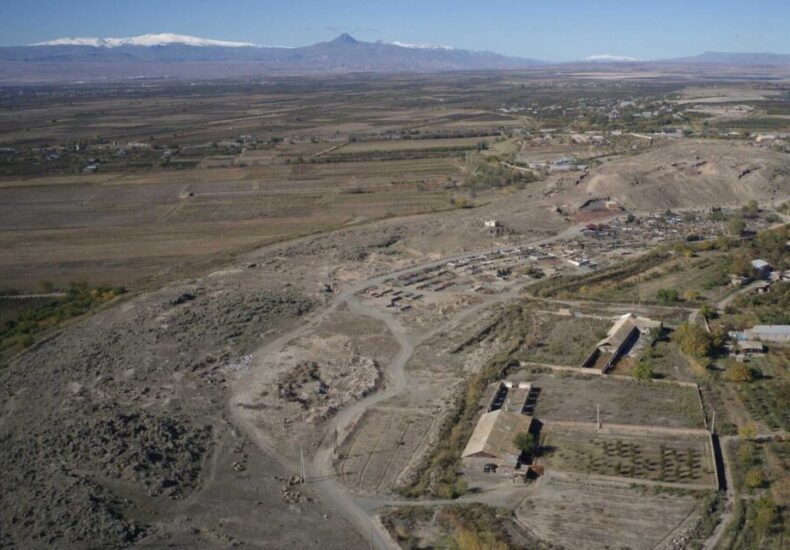
2,500-Year-Old Idol Unearthed in Armenia’s Urartian Fortress May Reveal Secrets of a Vanished Faith
Archaeologists have uncovered a mysterious 2,500-year-old idol carved from volcanic stone inside the ancient Urartian fortress of Argishtikhinili, Armenia — a city once ruled by the kings of Urartu. The figurine, preserved beside a stone chest within a Late Iron Age house, is believed to have served a protective or ritual function, shedding new light on the spiritual life and household cults that survived after the fall of the Urartian Kingdom.
A Glimpse into Forgotten Beliefs
The discovery was made during the Armenian–Polish excavation project at Surb Davti Blur (St. David’s Hill), led by Dr. Mateusz Iskra of the Polish Centre of Mediterranean Archaeology (University of Warsaw) and Dr. Hasmik Simonyan from the National Academy of Sciences of Armenia.
Within a remarkably preserved residential complex, archaeologists found large pithoi still embedded in the floor, alongside a sculpted volcanic-tuff idol featuring a human face with narrow lips, arched brows, and deeply set eyes.
Its deliberate placement near a rectangular stone box — possibly an altar or offering chest — suggests household ritual activity, perhaps linked to ancestor veneration or fertility cults deeply rooted in Urartian belief systems.
“It’s as if the household froze in time,” said Dr. Iskra. “We’re seeing not ruins, but a moment of spiritual and domestic life that endured beyond the fall of a kingdom.”
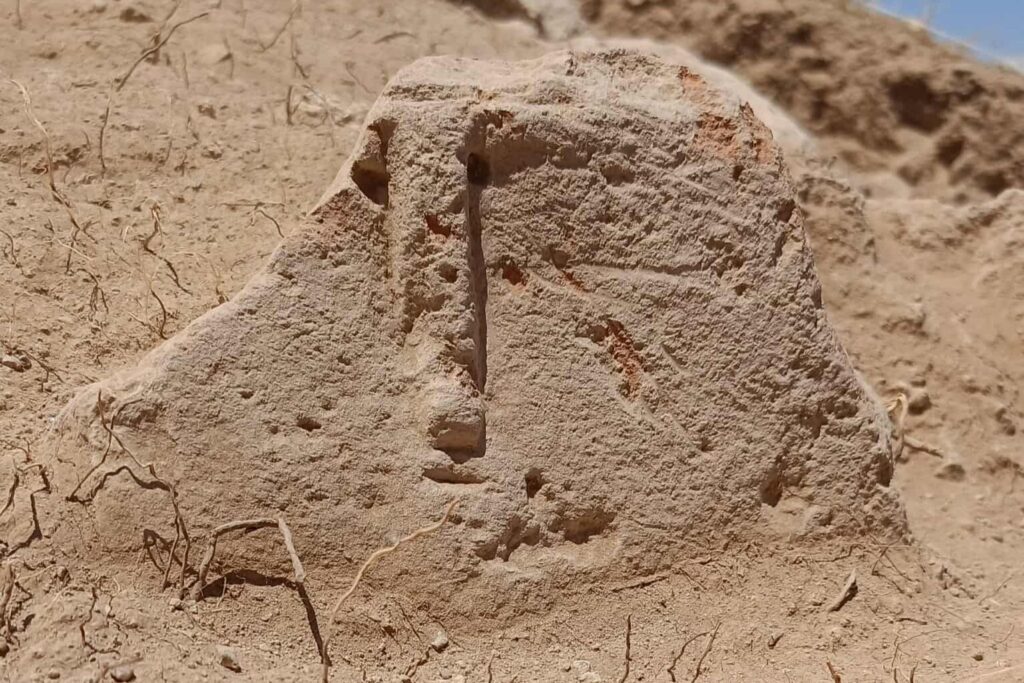
Cremation Cemetery: A Turning Point in Armenian Archaeology
Nearby, Dr. Simonyan’s team uncovered Armenia’s largest and best-preserved cremation cemetery, dating to the same period.
Dozens of urns filled with human ashes and grave goods — beads, miniature vessels, and ornaments — revealed a structured burial system spanning both adults and children.
According to Simonyan, this discovery marks “a turning point” in understanding the transformation of funerary practices under post-Urartian influence, when new religious identities emerged from old traditions.
The City of Argishti and the Twilight of Urartu
Founded by King Argishti I in the 8th century BCE, Argishtikhinili was once a thriving Urartian stronghold overseeing the Ararat Plain. The Urartians — builders of fortresses, canals, and sanctuaries dedicated to Haldi, the god of war and sovereignty — ruled a vast highland empire spanning modern Armenia, eastern Türkiye, and northwestern Iran.
But by the 6th century BCE, the state had collapsed.
Argishtikhinili’s terraces and houses remained, silently witnessing how local communities adapted to imperial collapse without abandoning their spiritual continuity.
📣 Our WhatsApp channel is now LIVE! Stay up-to-date with the latest news and updates, just click here to follow us on WhatsApp and never miss a thing!!
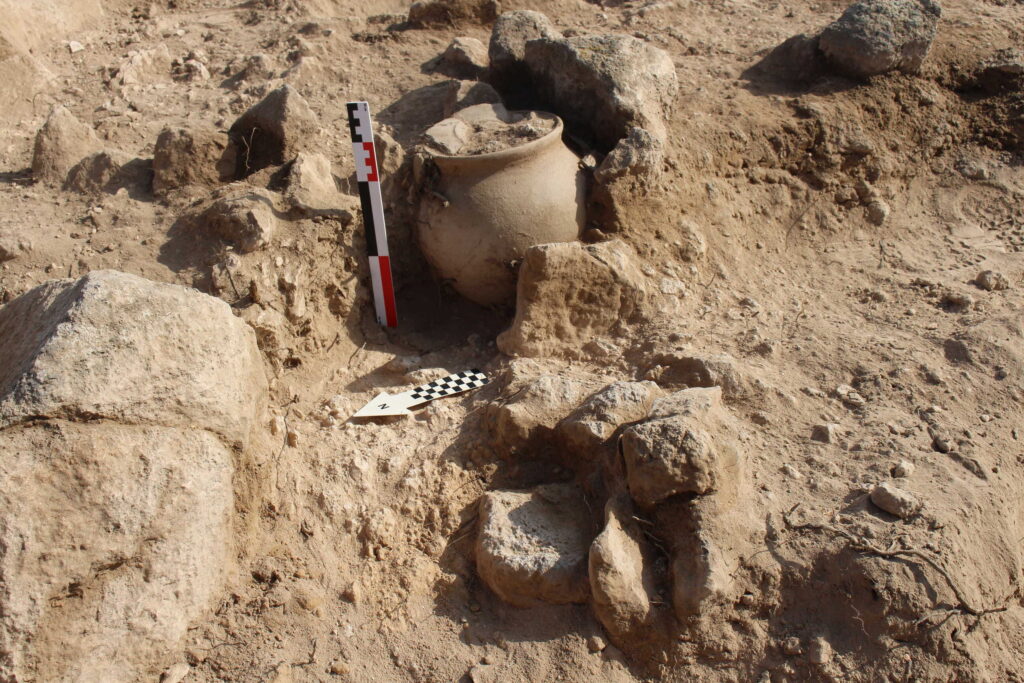
Decoding the End of an Empire
The ongoing Polish–Armenian project, supported by Poland’s National Science Centre, aims to trace the “biographies of households” — how families navigated life after political disintegration.
Through artifact analysis, residue testing, and 3D mapping, the team hopes to reconstruct patterns of resilience and cultural persistence at the edge of a fallen empire.
Echoes beneath Mount Ararat
The idol, with its impassive volcanic gaze, now stands as a symbol of endurance — a reminder that even after the Urartian palaces crumbled, the faith and rituals of ordinary people endured in clay, ash, and stone.
As Dr. Iskra summarized: “In Argishtikhinili, every household tells the story of how humans face the end of their world — and continue to live.”
Polish Centre of Mediterranean Archaeology, University of Warsaw (PCMA UW)
You may also like
- A 1700-year-old statue of Pan unearthed during the excavations at Polyeuktos in İstanbul
- The granary was found in the ancient city of Sebaste, founded by the first Roman emperor Augustus
- Donalar Kale Kapı Rock Tomb or Donalar Rock Tomb
- Theater emerges as works continue in ancient city of Perinthos
- Urartian King Argishti’s bronze shield revealed the name of an unknown country
- The religious center of Lycia, the ancient city of Letoon
- Who were the Luwians?
- A new study brings a fresh perspective on the Anatolian origin of the Indo-European languages
- Perhaps the oldest thermal treatment center in the world, which has been in continuous use for 2000 years -Basilica Therma Roman Bath or King’s Daughter-
- The largest synagogue of the ancient world, located in the ancient city of Sardis, is being restored

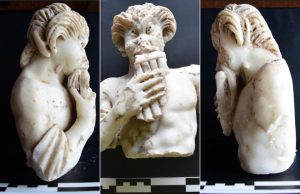
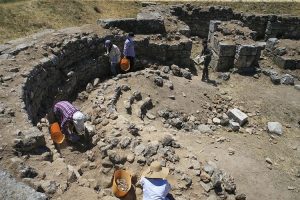
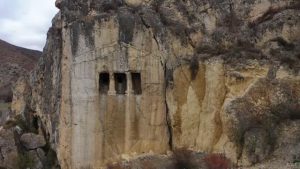
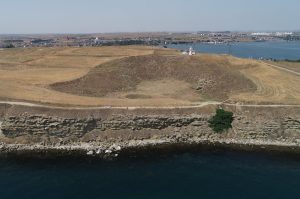
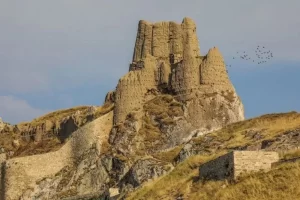
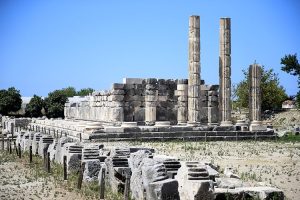


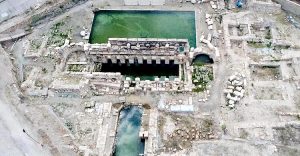
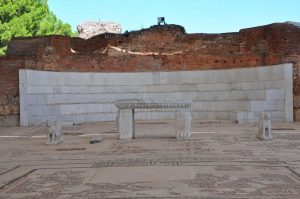
Leave a Reply